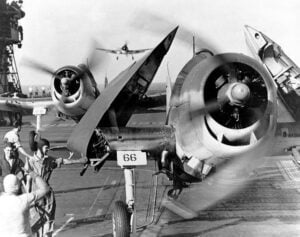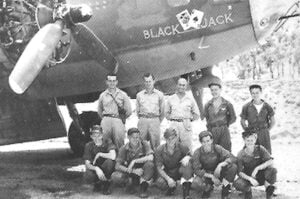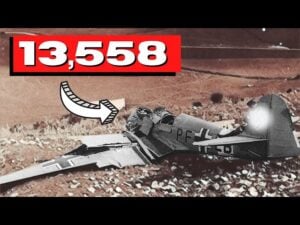5 Reasons Why This Was Germany’s Most Desperate WW2 Aircraft
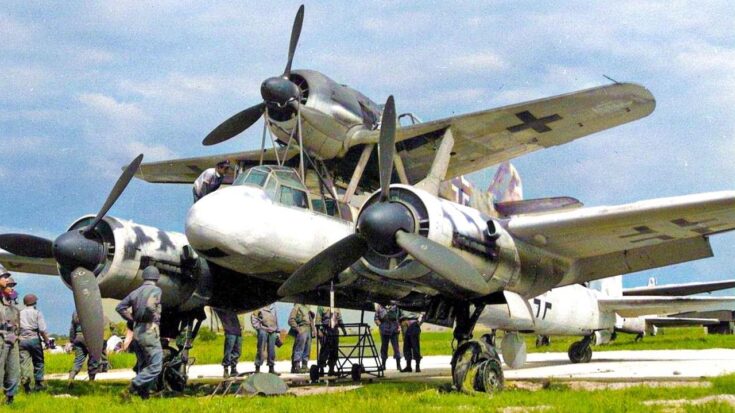
YouTube / Dark Skies
The Luftwaffe’s Mistel (“mistletoe”) was one of the most unusual and desperate aircraft designs deployed by Germany in the final, chaotic months of World War II. Combining a fighter with a bomber packed with explosives, it was part of Hermann Göring’s last-ditch attempt to strike decisive blows against the Allies. Here are ten reasons why it stands out as one of the Reich’s most desperate wartime inventions.
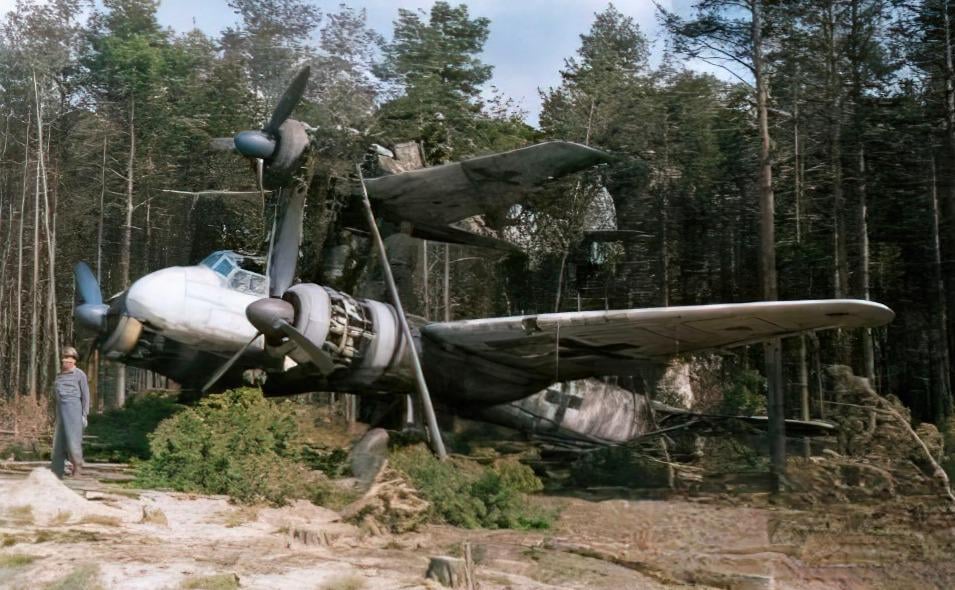
1. It Was a Composite Aircraft
The Mistel wasn’t a single plane—it was two aircraft joined together. A piloted fighter, usually a Messerschmitt Bf 109, was mounted on struts above a larger, unmanned Junkers Ju 88 bomber loaded with explosives.
2. It Packed an Enormous Punch
The Ju 88 carried a two-ton shaped charge capable of penetrating up to seven meters of reinforced concrete or five meters of steel. The concept was simple: guide the explosive-packed bomber to the target, release it, and fly the fighter home.
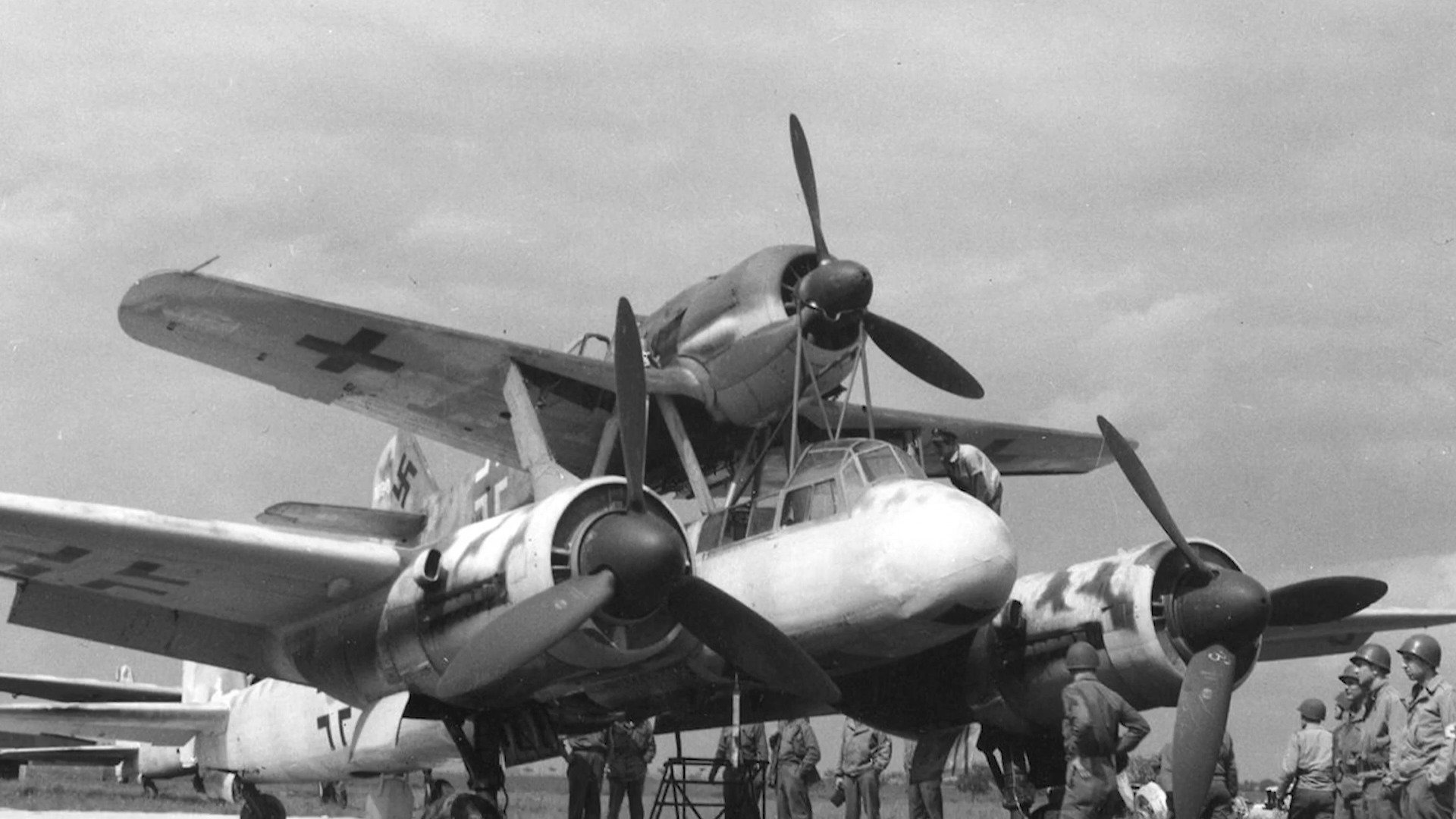
3. It Was Designed for One-Way Targets
The Mistel was Germany’s answer to the problem of attacking heavily defended, faraway targets like the British fleet at Scapa Flow. No conventional bomber could make the trip from German territory and return safely—so the unmanned bomber eliminated the need for a pilot to risk a suicide run.
4. It Was Linked to Two Canceled Operations
The Mistel was slated for Operation Iron Hammer (attacks on Soviet power plants) and Operation Dragon Lair (a strike on Scapa Flow). Both were canceled—one due to a British bombing raid that destroyed the aircraft on the ground, the other because Luftwaffe officers believed it would be a suicidal waste of resources.
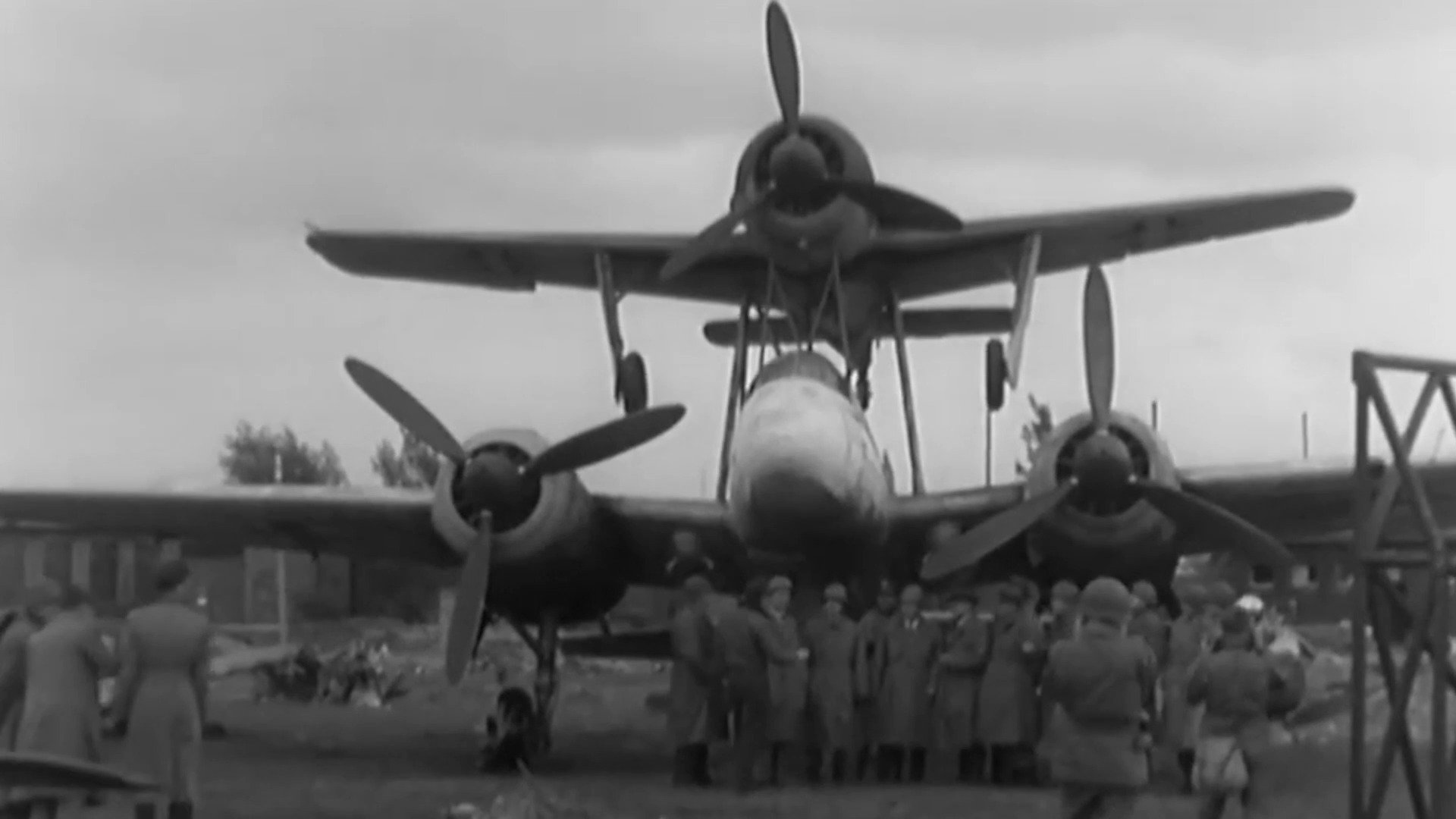
5. It Was Used in the Normandy Campaign
A handful of Mistels were sent against Allied ships during the D-Day invasion in June 1944. Results were poor, with most either destroyed or missing their targets entirely.
By May 1945, about 50 Mistels were found abandoned in German factories. They were quickly scrapped, remembered only as a desperate “weapon of circumstance.” Today, a surviving Mistel fighter component is displayed at the Imperial War Museum in London.














